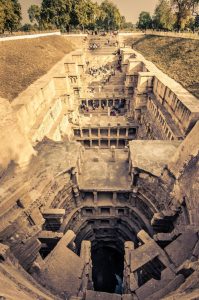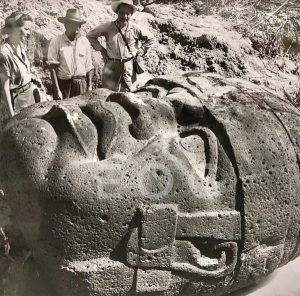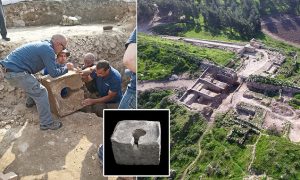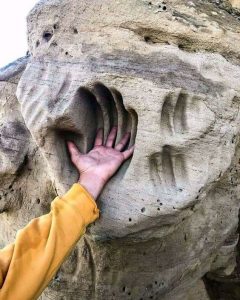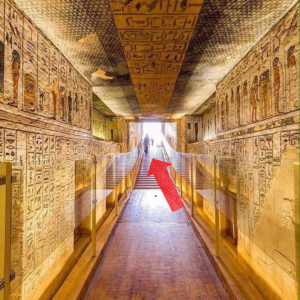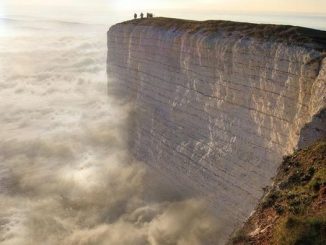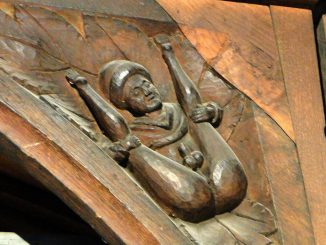
Although the giant rock sphere looming out of the forest dirt and undergrowth appears man-made to the untrained eye, this monolith is likely not any specific sign of a lost civilization. Archaeologist Semir Osmanagich, known as the “Bosnian Indiana Jones”, says a 3 meter wide stone ball found in the forest of Visoko Valley in Bosnia was made by an unknown civilization that used to live in the area over 1000 years ago, but there are many reasons to cast doubt on this outlandish claim.
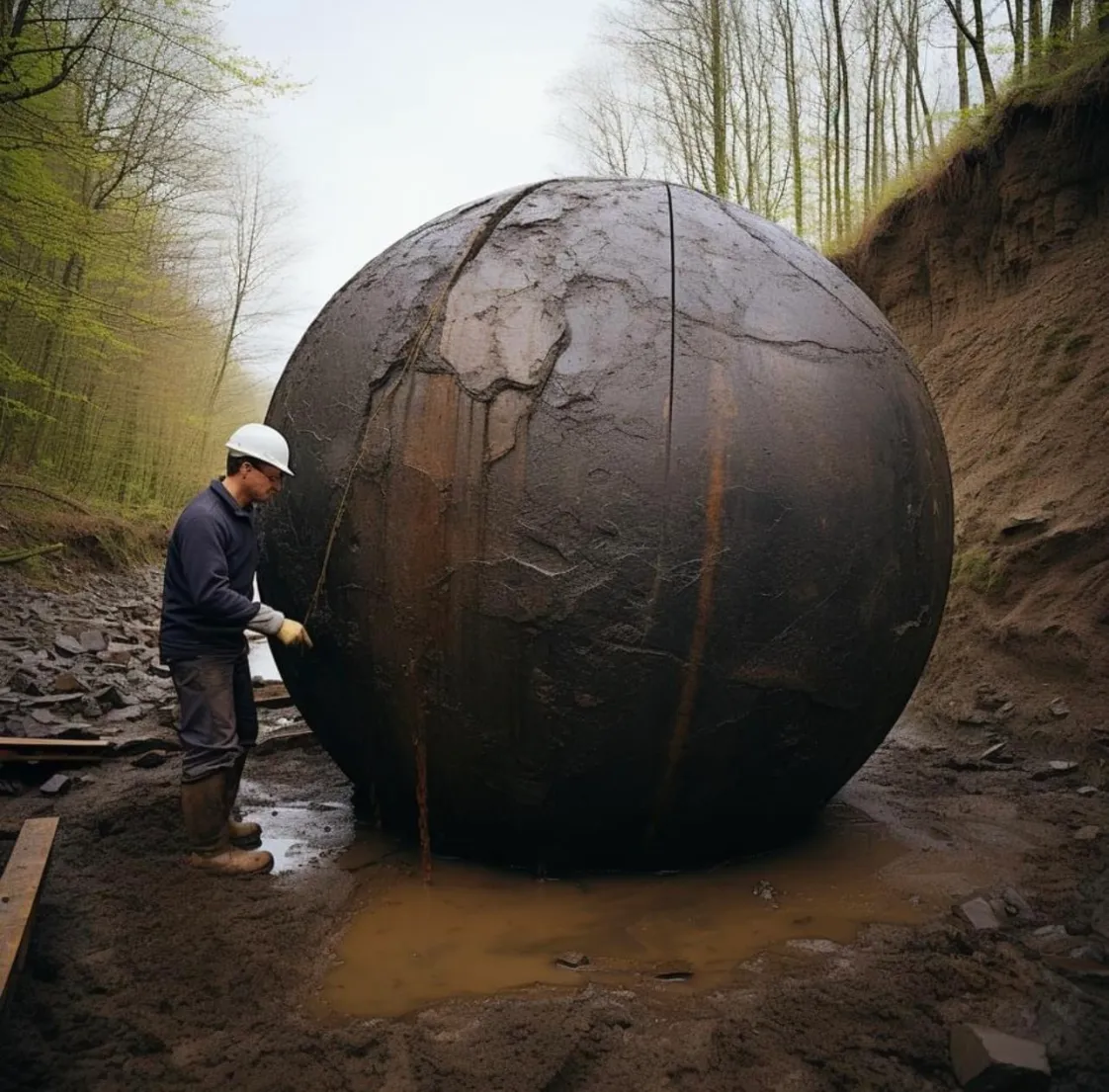
It is precisely the description by archaeologist Semir Osmanagich that the “brown and red color of the ball point to very high content of the iron” that leads experts to believe this is a naturally occurring spherical rock called a concretion. Many concretions are iron rich so they take on a reddish appearance.

Now, if you are a geologist, concretions are mysterious in their own right because they are often formed in bizarre lumpy or spherical shapes in a wide variety of sizes by completely natural methods, but the exact circumstances surrounding their formation are still relatively unknown. They occur when very small mineral particles glue together to form a type of cement between larger grains of sand or dirt. Concretions are often harder than the surrounding rock they form in, so over thousands and millions of years they will be the only part of the rock formation that remains and end up in quite striking patterns and shapes.

There are many examples of spherical concretions like the one found in Bosnia from around the world. The Moeraki Boulders of New Zealand are an example of “cannonball concretions”. These famous, very spherical boulders are found on a beach in Otago. They are part of a Paleocene-aged rock formation, so they date back 60 million years and likely took millions of years to grow to their most massive sizes of up to 7 feet wide. Other examples of almost impossibly round cannonball concretions occur in Theodore Roosevelt National Park in North Dakota, and these ones are also quite reddish and iron-stained due to their mineral composition.

This is not to say there are no human formed stone balls known from around the world. One of the most famous sets of spherical objects carved by an extinct civilization is found in Costa Rica, known as the stone spheres of the Diquís people. These spheres are made of gabbro, which is a volcanic rock that would not naturally form in such a perfect spherical shape. These stones have also been deliberately placed in rows at certain settlements and contain other petroglyphs. Even though some of them weigh up to 15 tons, careful research into their construction has shown they were absolutely man-made.
Sadly, unlike the Costa Rican spheres, the stone spheres of Bosnia are likely not a symbol of an unknown civilization, but likely just some concretions that are not thousands, but millions of years old.
